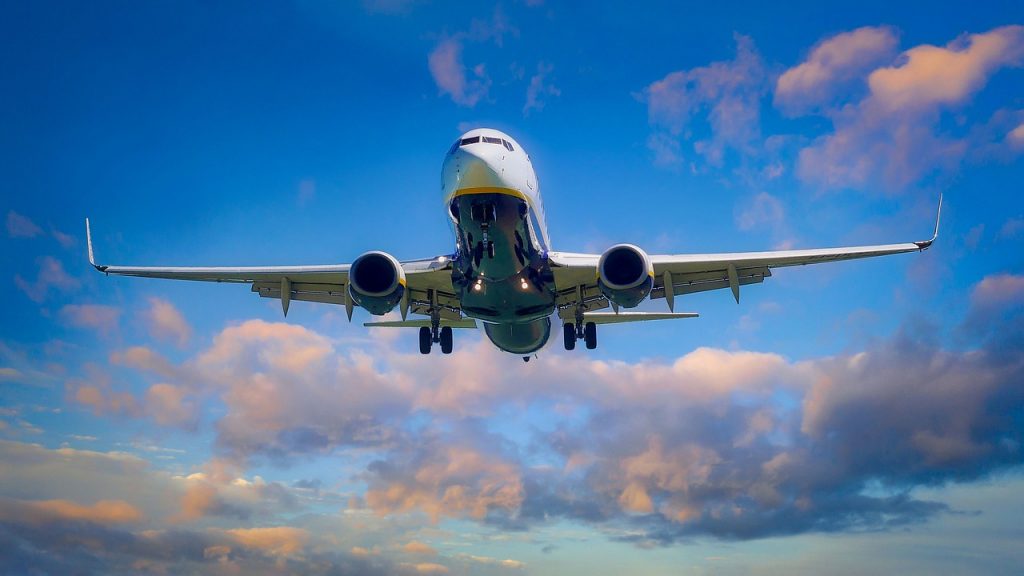Why Flights Have Gotten To Be Outrageously Expensive
Record losses in revenue during the pandemic, severe inflation, and staffing shortages have all served to drive prices for flights outrageously high.
This article is more than 2 years old

It seems as if everything is becoming increasingly expensive nowadays. The price for air travel is no exception with outrageously high costs. Is it just turbulence in the market, or will this be the new standard for airfare?
Air travel has become an integral part of modern life, enabling people to connect with loved ones, explore new destinations, and conduct business globally. However, the cost of airfare has been steadily increasing, making travel more expensive. There are a lot of factors driving up prices for flights.
The airline industry lost a lot of revenue during the pandemic. When travel restrictions came to an end, the airlines had to make up for revenue somehow. A lot of that was done through price increases.
According to Nerd Wallet, prices of flights were up six percent by July 2021 compared to March 2020, the start of the pandemic. By July 2022, they were up 14 percent. Now flight prices are up 20 percent as of March 2023.
The airlines have also been facing climate law challenges that will potentially raise costs even further. The International Air Transport Association (IATA), is responsible for many areas of aviation activity, including setting standards for airlines and enabling a safe, sustainable, and profitable flight industry. IATA has set out to achieve the Fly Net Zero commitment where airlines achieve net zero carbon emissions by 2050.
Now airlines are facing higher costs when it comes to paying for fuel amid the price increases, in addition to reaching this goal. According to Reuters, Willie Walsh, the Director General of the IATA, said that as they see these price increases for carbon, the ticket prices will be impacted as the industry transitions to net zero. Bloomberg says planes are responsible for 2.5 percent of global carbon emissions.
Another expense, labor costs, which are wages and benefits for airline employees, are a significant contributor to the rise in the prices of flights. According to the IATA, labor costs account for a strong portion of operating costs and are trending upward every year. With recent pilot shortages companies might be scrambling to save their bottom lines, reports Axios.
Last year saw massive labor movements for airport employees fighting for better working conditions, notes the Guardian. Unionized workers negotiate for better pay and benefits, which can increase labor costs for airlines. While it may cause flights to be more expensive, Airport Workers United reminds people that executive decisions are what’s keeping airports from working more efficiently.
It’s not just people that airlines employ. Operating costs, such as maintenance, insurance, and airport fees, contribute to the rise in prices of flights. As companies look to cut costs and solve existing issues, they are utilizing fewer, but larger aircraft, according to CNBC.
This move is primarily to minimize the number of planes operating at different airports. More planes means more airport fees, such as landing fees and passenger facility charges. These fees vary depending on the airport and can be a significant expense for airlines, especially for those that operate out of major hubs.
Aircraft maintenance is a critical aspect of operations and can be significant, especially for older aircraft that require more frequent repairs and upgrades. Aviation Pros note that it could be up to $625 in maintenance per flight hour. So while there might not be much you can do as a consumer to help reduce rising prices of flights, airlines, and airports have many decisions to make.



